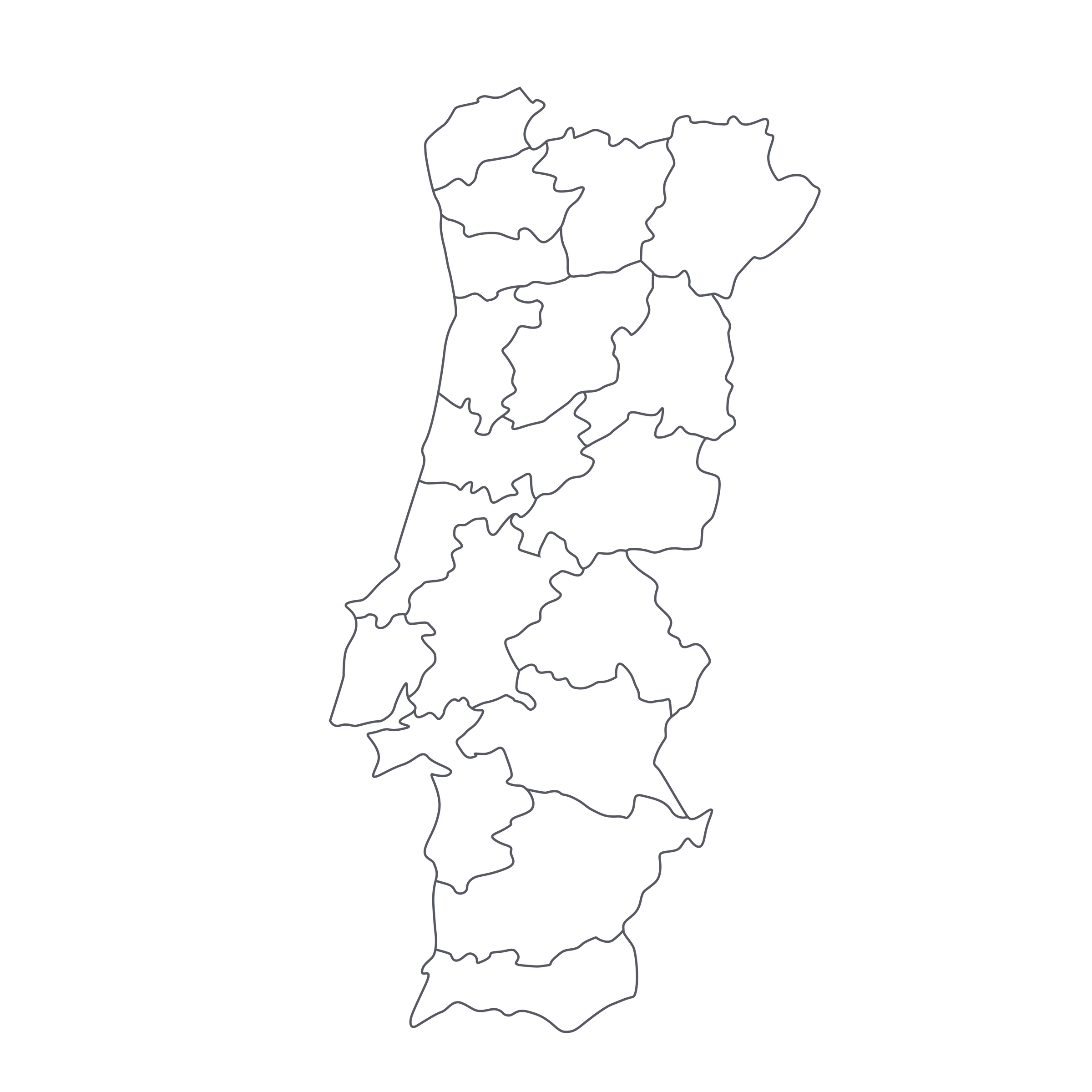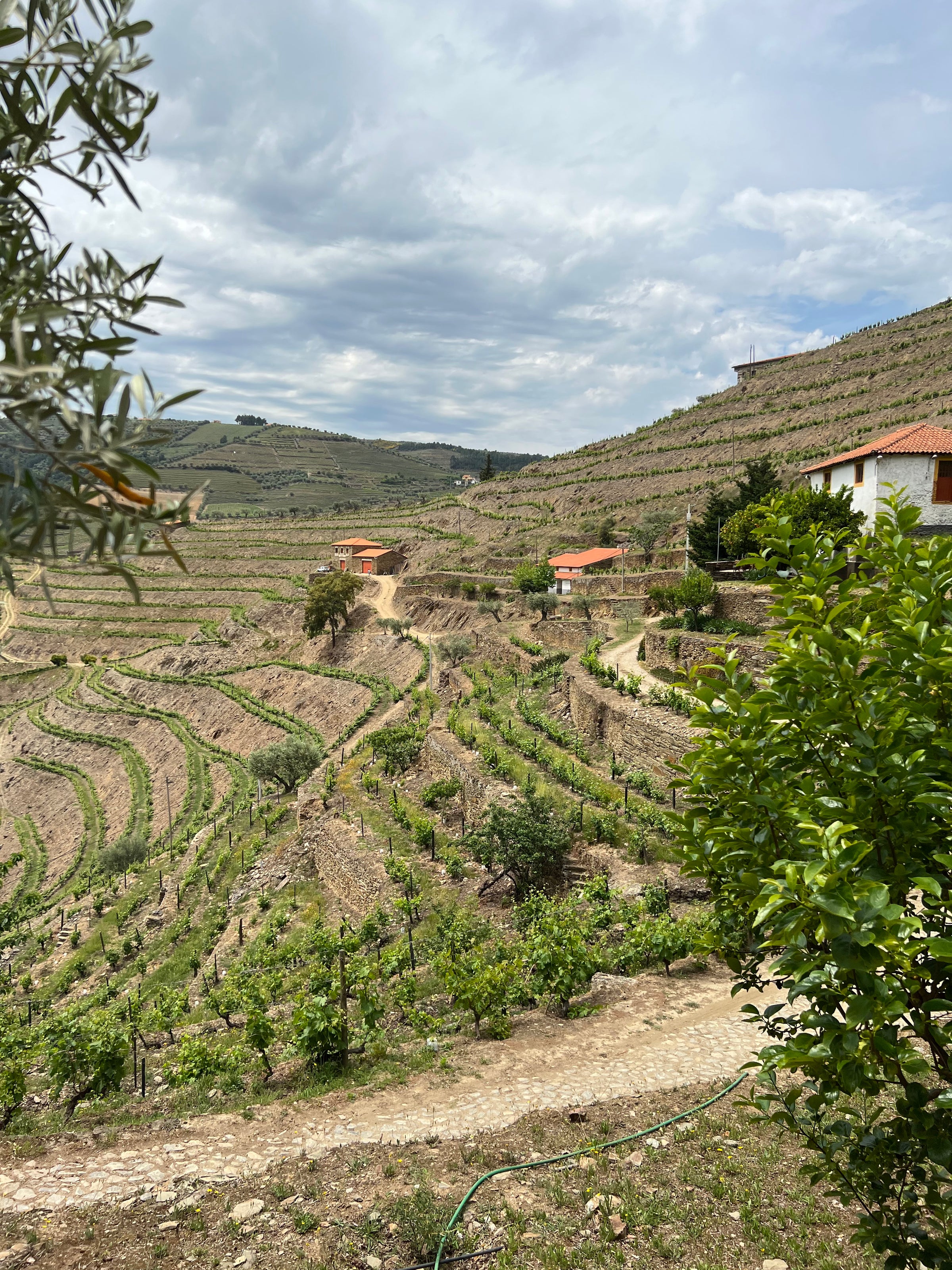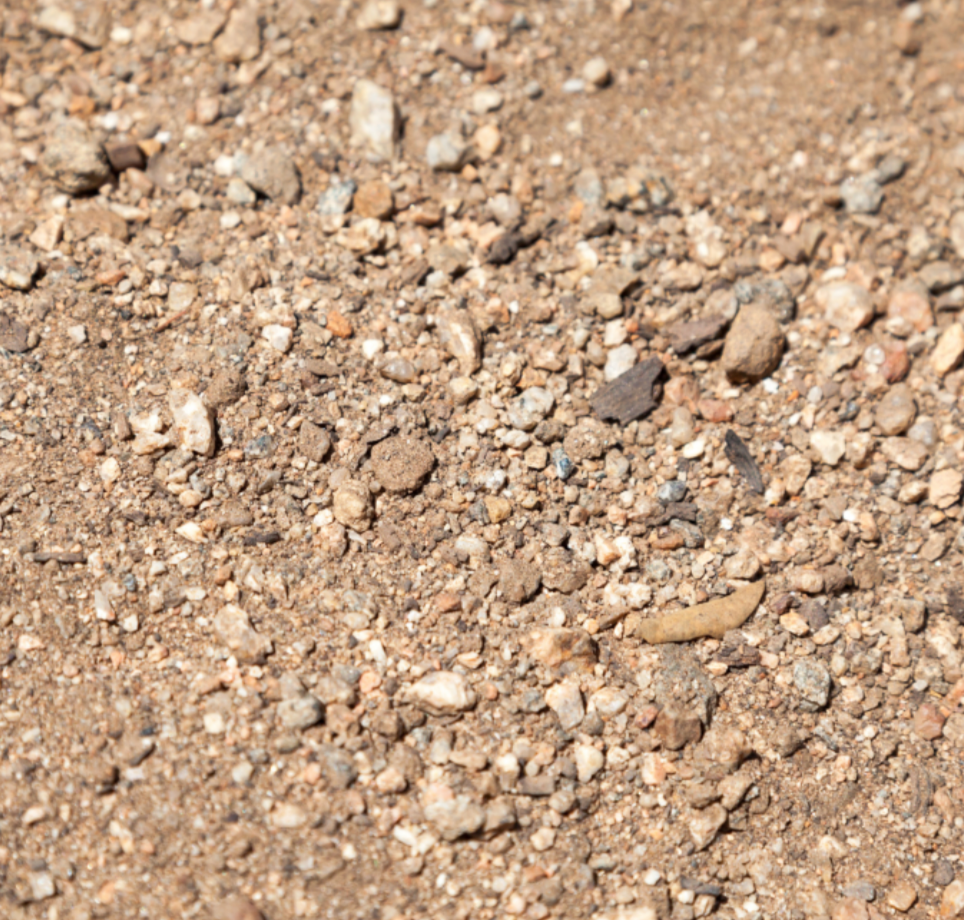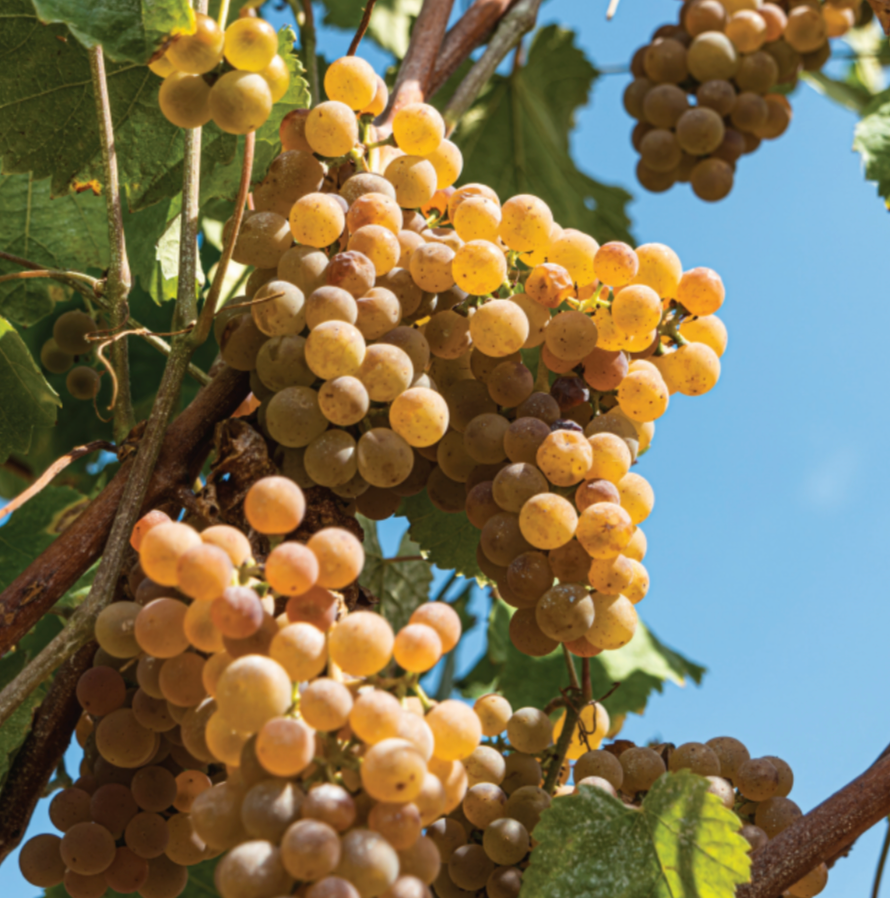If the price points we’re seeing are any indication, most of the wine-loving public is asleep at the wheel when it comes to the dry reds of Portugal’s Douro Valley. This magnificent place, where I was lucky enough to work my first harvest many years ago, is arguably the most historic wine appellation in the entire world. The region’s signature fortified wine, Port, still retains its place among the greatest wines of all time, but the real story right now is the ever-increasing quality, availability, and diversity of the dry, unfortified table wines.
There are some excellent whites for sure, but there’s no question that this hot, dry, dusty, region is tailor-made for powerhouse reds. Today’s wine, from a prominent Portuguese “flying winemaker” named Rui Cunha, is emblematic of the burgeoning red wine scene here: Not only can the Douro do inky and burly, wines like “Lacrau Reserva” can also do polished and perfumed. Today’s 2015 is one of a range of wines released under Cunha’s Secret Spot label, from a curated collection of vineyards, and it’s one of the most impressive and memorable reds I’ve ever had from Portugal. To me it’s like a Château Margaux gone on vacation someplace a little warmer and wilder: supremely elegant but also gutsy and soulful, full of saturated black fruit, crushed rocks, and dried herbs. You won’t believe how much wine it is for the money—it’s truly incredible.
Cunha and his partners in the Secret Spot project, which include enologist Hugo Linton and viticulturist Gonçalo Sousa Lopes, work out of the newly renovated Quinta da Faísca, a sleek piece of architecture in the hills of a village called Favaios. This is the central part of the Douro Valley, known as the Cima Corgo, centered on the riverside town of Pinhão. “Quinta” is the term used to describe a “wine estate” in Portugal, and the Douro’s historic Port houses typically owned numerous quintas throughout the region. Being just outside Pinhão, Quinta da Faísca is right in the heart of the action, not far from big-name properties like Quinta do Crasto and Quinta do Bomfim. Having been a consultant in Northern Portugal since 1995, working not just in the Douro but in Vinho Verde and elsewhere, Cunha now has an enviable array of majestic old vineyards to choose from in crafting the Secret Spot lineup.
I should note at this point that the idea of world-class, age-worthy red table wine from the Douro is not exactly new: The Ferreira Port house is credited with originating the species with Barca-Velha, their legendary dry red, first produced in 1952 at their Quinta da Leda (and only released in 19 vintages since). The terroir is there, as is the talent to exploit it to its fullest. As Master of Wine Tim Atkin has written, the Douro DO (Denomination of Origin) has had a classification for “table wines” since 1979, but “it’s only in the last 10 years that they’ve begun to take off.”
In addition to continuing his consulting with a wide assortment of wineries, Cunha and company have quite the laboratory at Quinta da Faísca to create the diverse Secret Spot range. For today’s Lacrau Reserva, they source classic native varieties from high-elevation parcels planted in the trademark schist soils of the region. The 2015 Lacrau combines perhaps the four most recognizable native reds in the Douro—Touriga Franca, Tinta Roriz, Tinta Barroca, and Touriga Nacional—aged for 14 months in used oak barrels. And whereas a lot of modern-era Douro reds can be rather rugged and intense, this not only shows off the mellowing effects of a little bottle age but has the elegance and integrated tannins of a top-flight Bordeaux.
The 2015 has an opaque, inky, ruby-black hue in the glass, and loads of black fruit notes leaping out of the gate once poured: black raspberry, cassis, currants, plum. Then more savory elements show themselves: graphite, dusty earth, wild herbs, leather, tobacco. It is full-bodied, but not overwhelmingly so, with firm, fine tannins and a long, violet-scented finish. I found a lot of Left Bank Bordeaux character in tasting and re-tasting this wine, but as I said, there’s also a more brooding earthiness to the wine that drops me right back in the heart of the Douro. As with some of my favorite old-school Bordeaux, it’s not so polished or marked by expensive oak that you don’t taste a little dirt. I love that! Decant it 30-60 minutes before serving in large Bordeaux stems with something suitably meaty and rich: For me, the first thing that comes to mind is feijoada, a black bean/chorizo stew made in Portugal and Brazil. If you’ve got the time, this is the wine! Enjoy!







